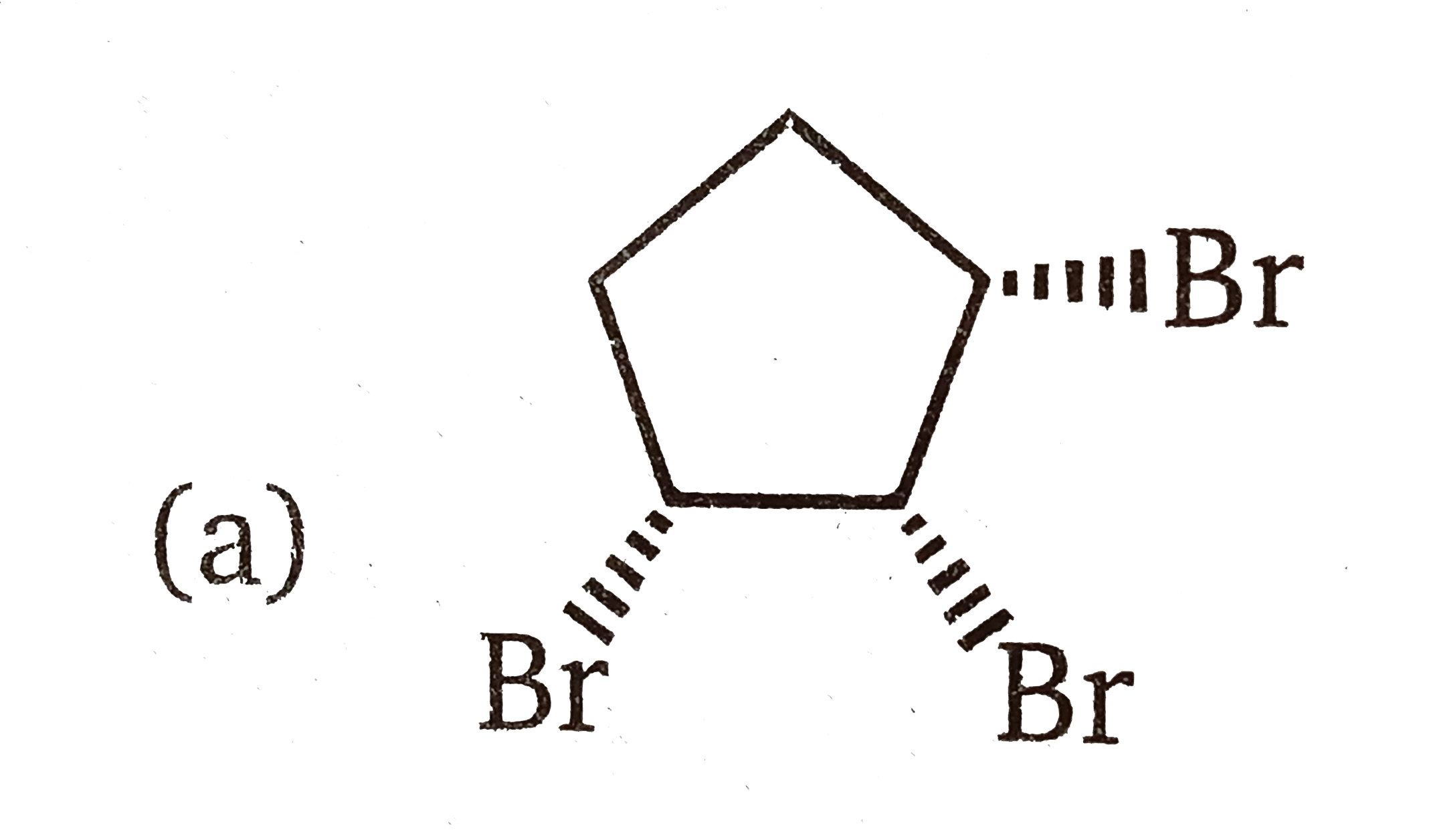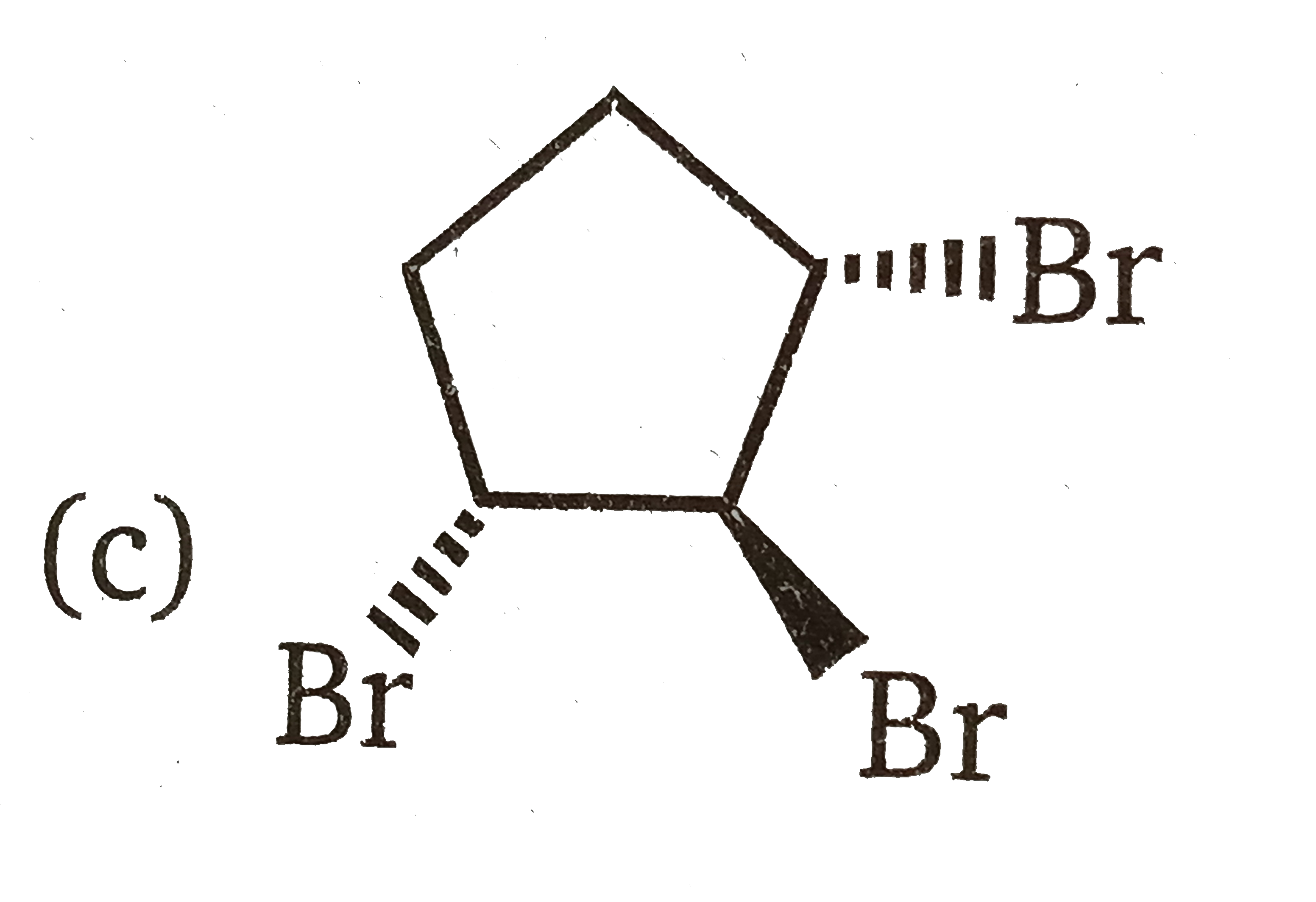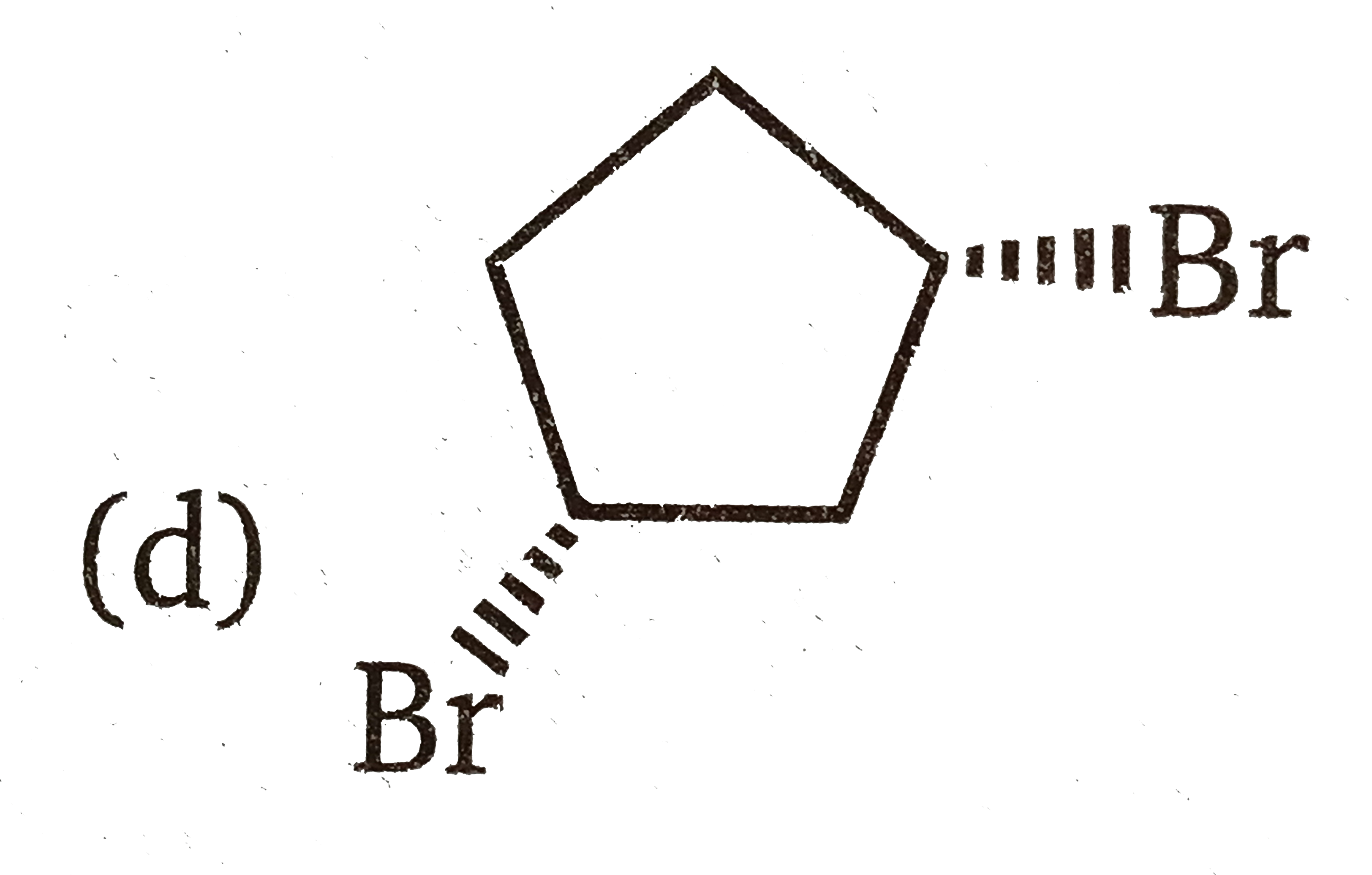Cyclohexene reacts with Br2inCCl4 to form
A
cis-1-2-Dibromocyclohexane
B
trans-1,2-Dibromocyclohexane
C
Bromcyclohexane
D
None
Video Solution
Text Solution
The correct Answer is:B
|
Updated on:21/07/2023
Related Playlists
Knowledge Check
- Question 1 - Select One
1,2−Dimethy1cyclohexene reacts with HBr in CCI4 to form mainly
AE−1−bromo−1,2−dimethy1cyclohexeneBmeso−1−bromo−1,2−dimethy1cyclohexaneC(±)Z−1−bromo−1,2−dimethy1cyclohexaneD(±)E−1−bromo−1,2−dimethy1cyclohexane - Question 1 - Select One
Cyclohexene on reaction with Br2in CCI4 yields
Ameso−1,2-dibromocyclohexeneB(±)trans−1,2−dibromocyclohexeneCcis-1,2−dibromocyclohexeneDtrans−1,2−dibromochclohexane - Question 1 - Select One
Cyclohexane when treated with Br2 in CCl4 gives
ABromocyclohexaneBtrans-1,2-DibromocyclohexaneCcis-1,2-DibromocyclohexaneDnone of these - Question 1 - Select One
At low temperature phenol reacts wity Br2 in CS2 to form
Am-bromophenolBp-bromophenolCo-and p-bromophenolD2,4,6−tribromophenol - Question 1 - Select One
Phenol reacts with Br2 in CCl4 at low temperature to give
Am-bromophenolBo-and p-bromophenolCp-bromophenolD2,4,6-tribromophenol - Question 1 - Select One
(R)-3-bromocyclopentene (shown below) reacts with Br2/CCl4 to form two products, Y and Z, Y is not optically active (does not rotate plane-polarized light). What is the structure of Y
 A
A B
B C
C D
D
- Question 1 - Select One
Propene on reaction with Br2inCCl4 yields
A3-bromopropaneBcis-1,2-dibromopropaneCtrans-1,2-dibromopropaneD(±)1,2-dibromopropane - Question 1 - Select One
The carbon-carbon double bond the carbon-carbon double bond in a molecule is capable of decolorizing Br2/CCl4 following free radical mechanism. The decolorization of Br2/water solution however shows electrophilic addition. The addition of bromine to cyclopentene provides evidence for bromonium ion immediate in bromine addition. it follows ionic mechanism. when cyclopentene reacts with bromine in presence of CCl4 anti addition occurs and gives trans-isomer so addition of halogen to an alkene is a stereospecific reaction. Cis-alkene on addition with halogen gives meso products and trans alkene on addition gives racemic mixture.
Q Trans-2-butene on reacting with Br2 in CCl4 forms mainlyA±2,3-dibromobutaneB+2,3-dibromobutaneC−2,3-dibromobutaneDMeso-2,3-dibromobutane - Question 1 - Select One
trans-But−2−en on reaction with Br2in CCI4 forms
A(+)−2,3−dibromobutaneB(−)−2,3−dibrombutaneC(±)−2,3−dibromobutaneDmeso-dibromobutane


